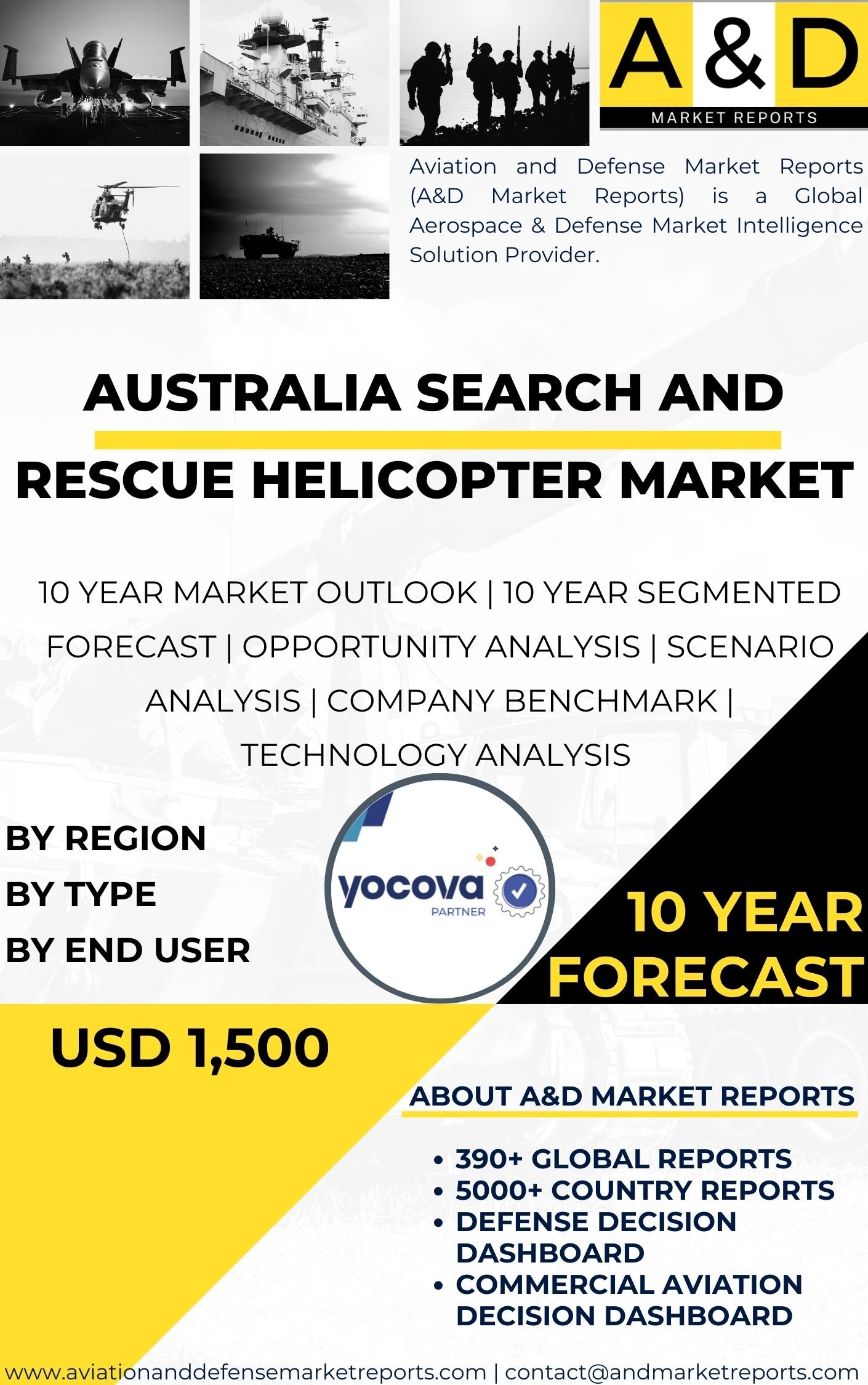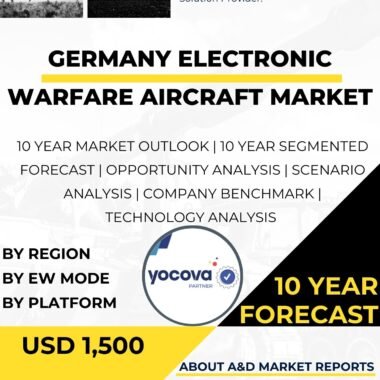Description
Australia SAR Helicopter Market Overview
The Search and Rescue Helicopter plays a vital role in enhancing the country’s emergency response capabilities. SAR helicopters ensure timely and effective rescue operations across Australia’s diverse and challenging environments. These helicopters are essential for locating and rescuing individuals in distress at sea, in remote regions, or during natural disasters. This article provides a comprehensive overview of the Australia SAR Helicopter market, including its significance, applications, key players, technological advancements, government initiatives, and future prospects.
Significance of the Search and Rescue Helicopter in Australia
The SAR helicopter market in Australia is critical for saving lives and providing assistance during emergencies. With a vast coastline, expansive outback, and rugged terrain, Australia faces unique challenges in search and rescue operations. SAR helicopters offer speed, flexibility, and maneuverability to reach hard-to-access areas quickly, delivering lifesaving support when every minute counts.
Applications of Search and Rescue Helicopter in Australia
Beyond search and rescue missions, SAR helicopters support firefighting, emergency medical services (EMS), disaster relief, and law enforcement operations. These helicopters are equipped with rescue hoists, winches, thermal imaging cameras, and medical systems to handle a wide range of emergency situations effectively.
Key Operators and Industry Participants
The Australia SAR Helicopter market includes both government-operated and private service providers.
-
Government Agencies: The Australian Defence Force (ADF), state police, and emergency services operate dedicated SAR helicopter fleets.
-
Private Operators: In some regions, private companies provide SAR services under contracts with government authorities.
Major Industry Players
Leading manufacturers and service providers in the Australia SAR Helicopter market include Airbus Helicopters, Leonardo Helicopters, Sikorsky Aircraft Corporation, and Bell Helicopter Textron Inc. These companies supply advanced SAR-capable aircraft, along with maintenance, training, and technical support.
Technological Advancements in the Australia SAR Helicopter Market
Ongoing technological innovation drives the Australia SAR Helicopter market. Research and development efforts focus on improving performance, safety, and efficiency. Key advancements include:
-
Advanced Avionics and Navigation: Integration of satellite-based navigation, GPS, and advanced sensors for accurate operations in poor weather or low visibility.
-
Enhanced Search Equipment: Improved winches, hoists, night vision goggles, and thermal imaging cameras for more precise rescues.
-
Drone Integration: The use of unmanned aerial vehicles (UAVs) alongside SAR helicopters expands coverage and provides real-time situational awareness.
Government Support and Funding
The Australian government demonstrates a strong commitment to search and rescue through continuous investment in modern helicopter fleets and advanced equipment. Public funding, combined with contributions from private sponsors and non-profit organizations, ensures ongoing operational readiness. Community-driven initiatives and donations also play an essential role in maintaining these critical services.
Future Outlook of the Australia SAR Helicopter Market
The Australia SAR Helicopter market is poised for continued growth and modernization. Rising population, expanding tourism, and industrial activity in remote areas increase the demand for efficient SAR operations. Operators are expected to invest in upgraded aircraft, new technologies, and enhanced communication systems.
Emerging Technologies
The integration of artificial intelligence (AI) and machine learning (ML) promises to improve SAR efficiency. AI systems can analyze data from satellite imagery, weather reports, and emergency signals to predict incidents and optimize response strategies.
Expanding Civil and Private Sector Role
Private companies in industries such as mining, offshore energy, and adventure tourism increasingly rely on SAR helicopter services to safeguard personnel and operations in remote environments.
Conclusion
The Australia SAR Helicopter market is a cornerstone of the nation’s emergency response and rescue network. SAR helicopters save lives during disasters, medical emergencies, and rescue missions in challenging conditions. Both government agencies and private operators contribute to maintaining robust and reliable SAR capabilities across Australia. Technological innovation, government investment, and collaboration between public, private, and non-profit sectors continue to strengthen the industry.
As Australia’s population and tourism grow, the demand for efficient search and rescue operations will remain essential. With continued research, modernization, and cooperation, the Australia SAR Helicopter market will play an increasingly vital role in ensuring safety and emergency preparedness nationwide.




